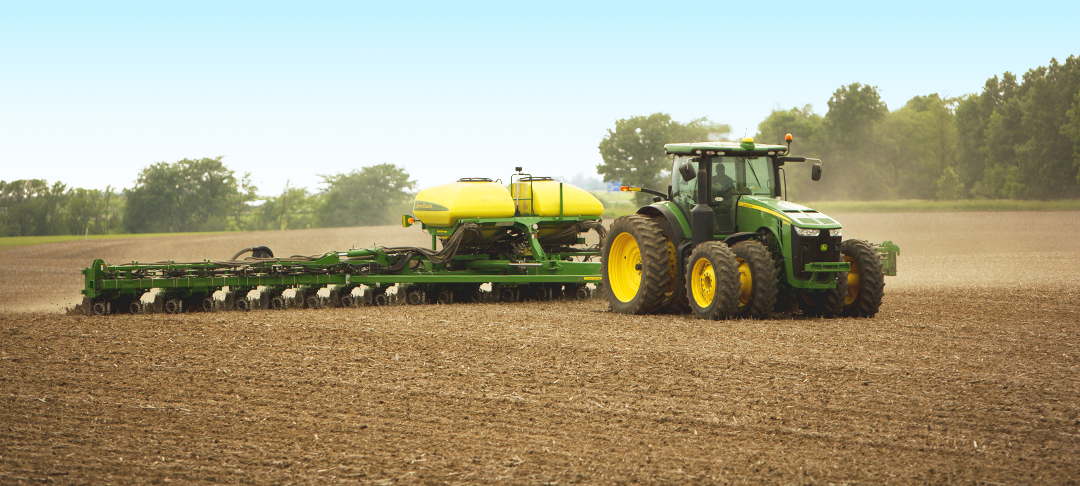As of late-April, here in Benton County, Iowa, we are in a rainy pattern that may push planting closer to May 1. I understand the eagerness to get in the fields, but rest assured, planting by mid-May is still within an optimal window for good stands and yields.
University data confirms no significant yield loss if planting occurs within this timeframe. So, take your time and let the fields dry out properly. Remember, you will likely get your best stand and yields if you plant under the best soil conditions, not the earliest.
Before the rain started, farmers in eastern Iowa experienced an unprecedented early start to the 2024 planting season, courtesy of the warmest winter on record. This prompted a surge in agricultural activity across the NuTech Seed service area.
Farmers who were able to get some fields planted early need to pay attention to pests and weed issues. We’ve noticed increased survival rates of pests like bean leaf beetles and concerns about black cutworms, particularly drawn to fields with winter annual weeds or cover crops. These insects are not just nuisances; they threaten our yields.
Bean leaf beetles, for instance, love early-planted soybeans where they lay their eggs and are vectors for the bean pod mottle virus, which can significantly affect soybean yields. You shouldn’t have a problem when using seed treated with a seed-applied insecticide because it does a good job controlling the overwintering population of bean leaf beetle, but if you planted untreated seed, keep an eye out for the beetles. You may need to apply an insecticide.
Additionally, winter annual weeds like marestail have gained a robust foothold, further complicating early-season crop management.
Here are key steps to follow this spring planting
Watch the skies and the soils: Always prioritize soil temperature and moisture before planting. Aim for a soil temperature of at least 50ᵒ F, sustained over 36 to 48 hours.
Avoid rushing: Despite the early start, it’s vital not to rush into planting if conditions are not ideal. Planting in wet conditions can lead to issues like sidewall compaction and poor seed germination, which you want to avoid.
Manage pests and weeds early: Implement early pest monitoring and control measures, particularly for fields prone to bean leaf beetle and marestail. If pest thresholds are met, consider timely insecticide applications.
By following these guidelines and maintaining flexibility in planting strategies, farmers can effectively navigate the challenges of this spring season. Remember, the goal is to plant seeds and ensure they grow into healthy, productive crops.

